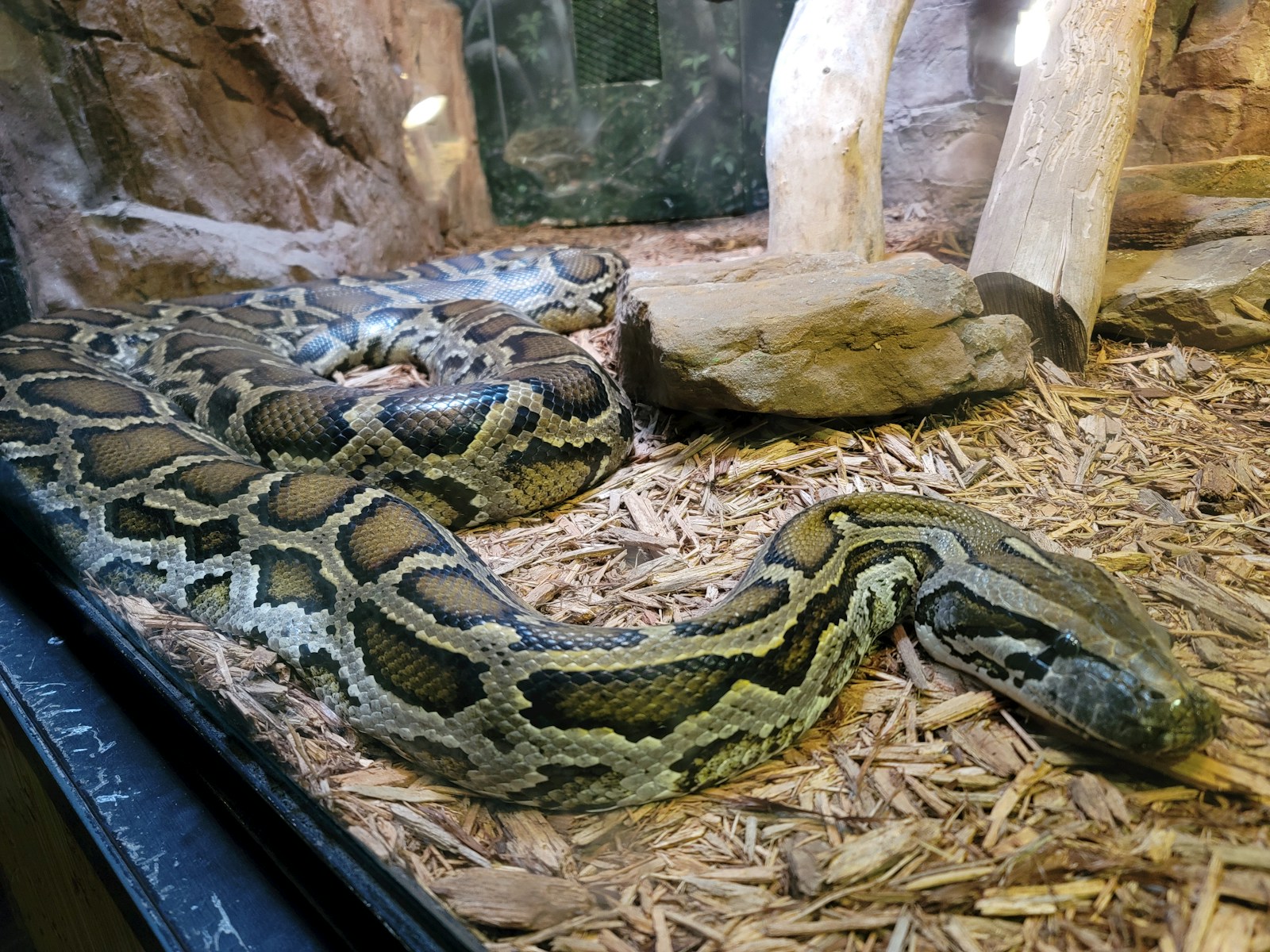The world of pet reptiles offers fascinating alternatives to traditional furry companions, with snakes being among the most intriguing options. These slithering creatures have captured human imagination for centuries, and while they might not be as conventional as dogs or cats, certain snake species make remarkably rewarding pets. Beyond their exotic appeal, many snakes require relatively modest space, produce minimal waste, and only need feeding once every few days or weeks. For the right owner, these unique reptiles can become long-term companions, with some species living 20-30 years in captivity. This article explores six of the most curious snake species that have gained popularity in the pet trade, examining their distinctive characteristics, care requirements, and the special qualities that make them captivating pets.
Corn Snakes: The Perfect Beginner’s Companion
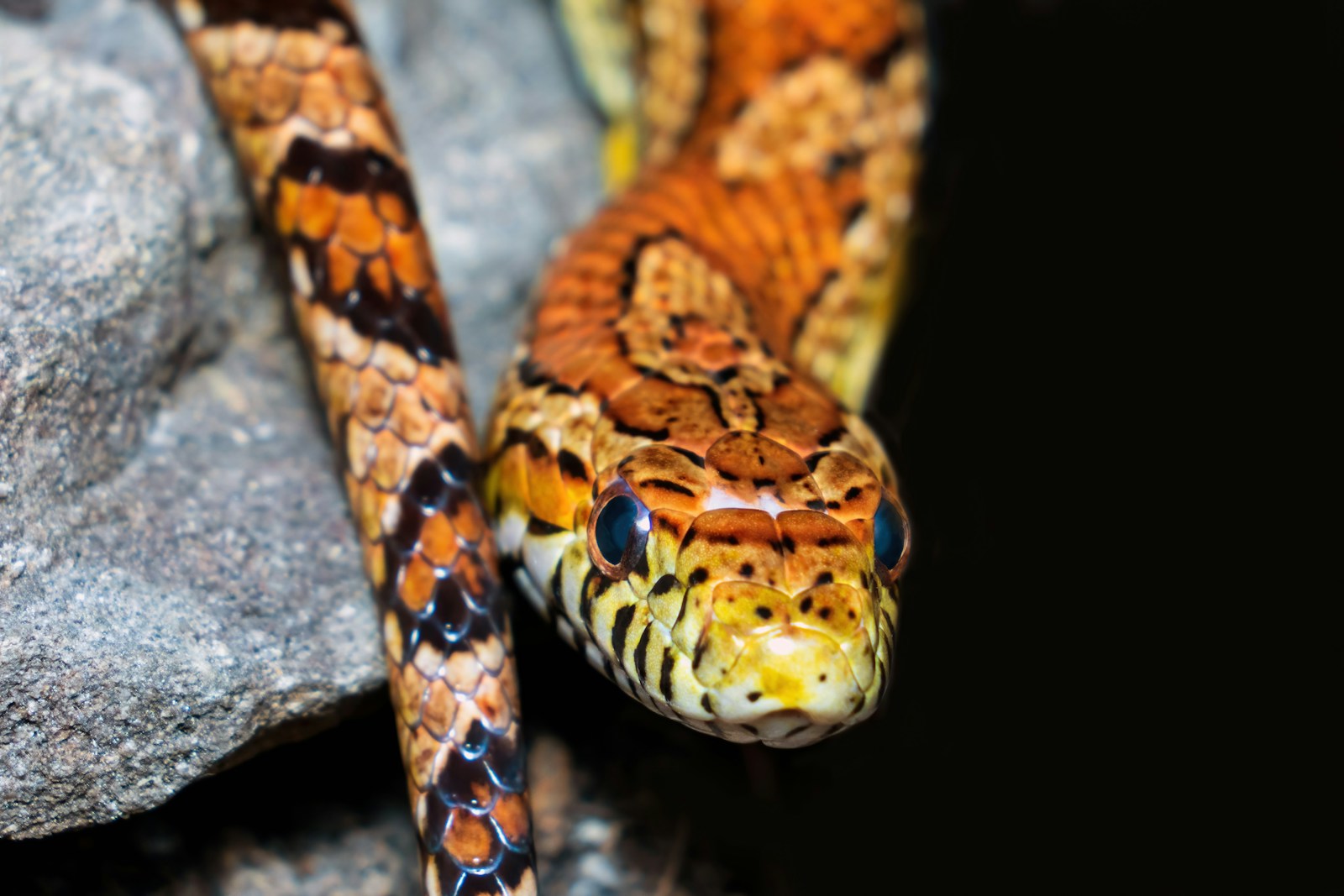
Corn snakes (Pantherophis guttatus) have earned their reputation as the gateway species for aspiring snake keepers, and for good reason. These North American colubrids showcase a dazzling array of color morphs, from classic orange-and-red patterns to lavender, caramel, and even albino varieties, making them visual treats for enthusiasts. Their moderate size—typically 3-5 feet when fully grown—strikes an ideal balance between being substantial enough to handle confidently yet not so large as to require specialized housing or pose handling challenges. What truly sets corn snakes apart is their remarkably docile temperament; they rarely strike defensively and typically become quite comfortable with regular, gentle handling. Their care requirements further cement their beginner-friendly status, as they thrive in straightforward setups with basic temperature gradients, hide boxes, and weekly feeding schedules of appropriately sized mice.
Ball Pythons: The Living Sculptures
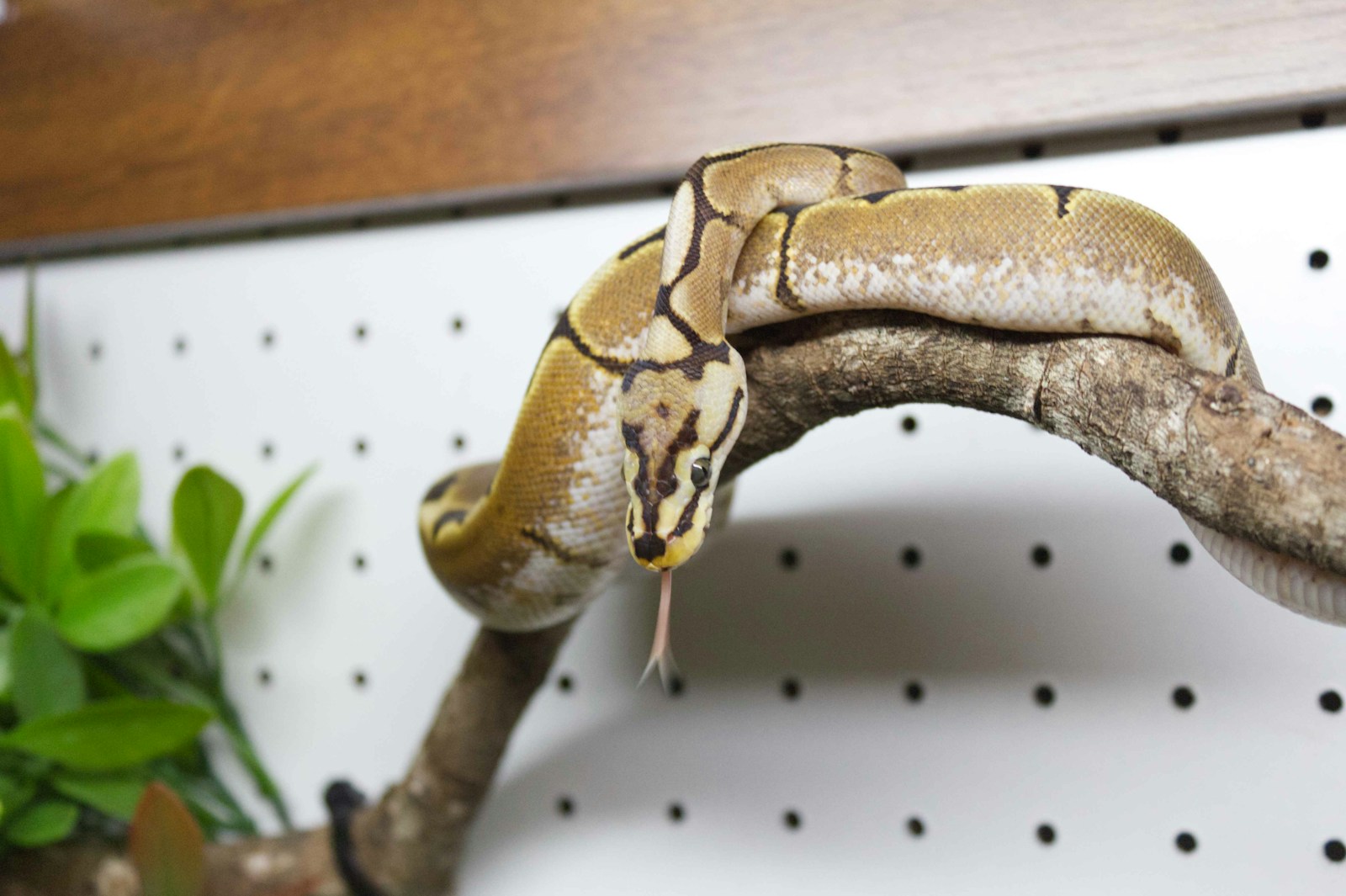
Ball pythons (Python regius) have revolutionized the reptile hobby with their extraordinary genetic diversity, producing some of the most visually stunning snakes in the pet trade. Native to western and central Africa, these stocky pythons earned their common name from their defensive behavior of rolling into a tight ball when threatened—though captive-bred specimens typically outgrow this behavior with gentle handling. What makes ball pythons particularly fascinating is the explosion of genetic morphs that has occurred over decades of selective breeding, resulting in specimens worth anywhere from $50 to over $10,000 depending on their genetic traits. Their manageable adult size of 3-5 feet and relatively slow movement make them excellent handling snakes, while their longevity—frequently exceeding 20 years—means they become true long-term companions. Perhaps most endearing is their curious nature; many ball python keepers note their pets seem genuinely interested in their surroundings, often periscoping (raising their heads to observe) when humans enter the room.
Kenyan Sand Boas: The Underground Marvels
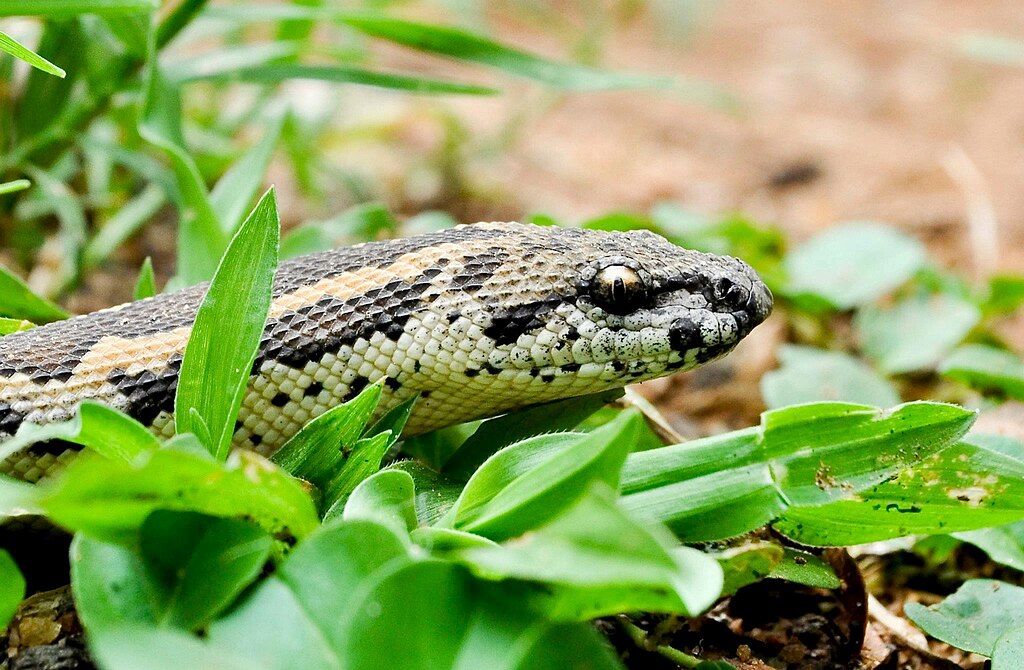
Kenyan sand boas (Eryx colubrinus) offer a radical departure from the typical snake-keeping experience by showcasing the fascinating adaptations of burrowing species. These stout-bodied, short-tailed snakes spend much of their time partially or completely buried in substrate, creating an engaging display of natural behaviors rarely seen in other pet snakes. Their compact size—rarely exceeding 2-3 feet, with females significantly larger than males—makes them ideal for keepers with limited space, as they can thrive in enclosures as small as 10-20 gallons. The sand boa’s appearance is particularly charming, with their rounded snouts adapted for burrowing and small, beady eyes giving them an almost cartoonish quality that many keepers find endearing. Their feeding response adds another dimension of fascination, as they often ambush prey from beneath the substrate in dramatic lunges that demonstrate their specialized hunting techniques from their native East African habitats.
Hognose Snakes: The Theatrical Performers

Western hognose snakes (Heterodon nasicus) might be the most charismatic reptiles in the pet trade, known for their dramatic defensive displays and unique anatomical features. The hallmark upturned snout that gives them their name serves a practical purpose in the wild—helping them dig through soil for toads and other prey—but also lends them an unmistakable, almost pig-like appearance that reptile enthusiasts find irresistible. What truly sets hognoses apart is their theatrical defensive behavior; when threatened, they may flatten their necks like cobras, hiss loudly, strike with closed mouths, and in the most spectacular cases, roll over and play dead with remarkable commitment, complete with lolling tongue and occasional emission of foul-smelling musk. Despite this dramatic display, hognose snakes rarely deliver actual bites to handlers, and when they do, most are rear-fanged with mild venom that causes minimal reaction in humans beyond localized swelling (though sensitivity varies). Their manageable size of 2-3 feet and relatively simple care requirements make them fascinating display animals that consistently engage and amuse their keepers.
Amazon Tree Boas: The Living Jewels
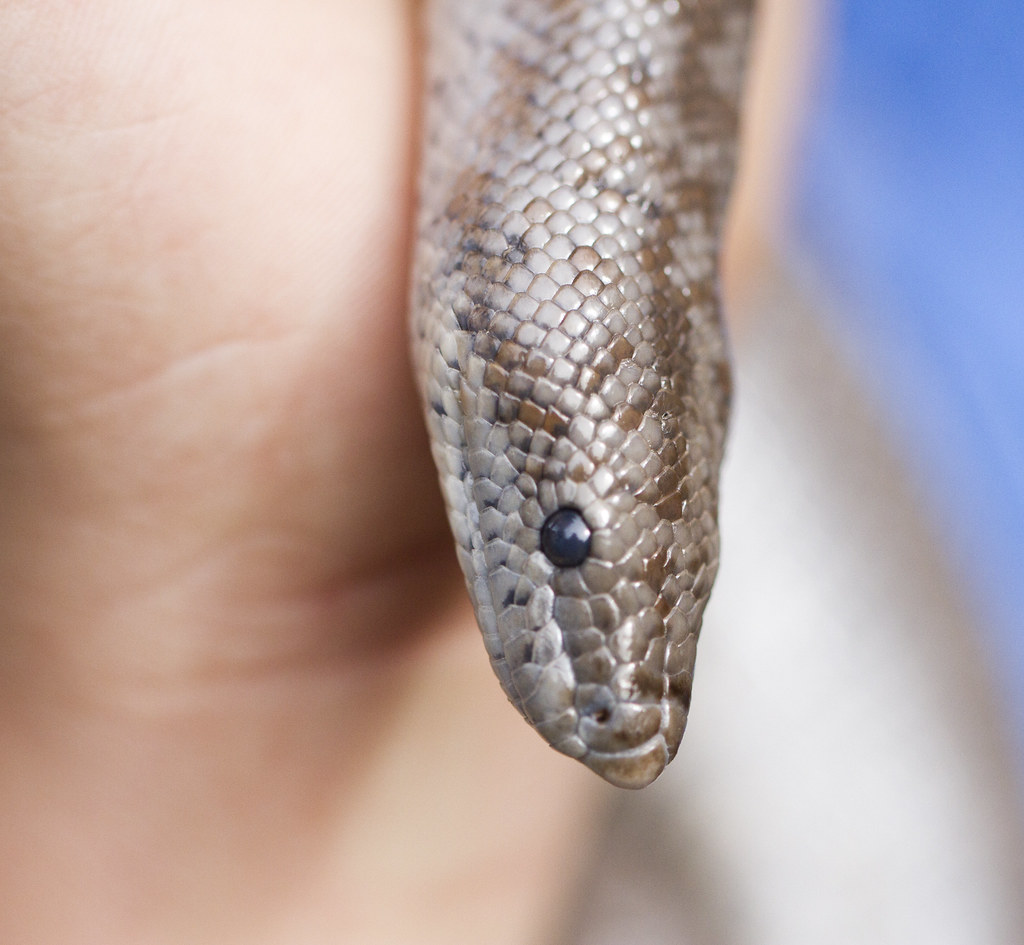
Amazon tree boas (Corallus hortulanus) represent the perfect synthesis of breathtaking beauty and specialized adaptation, offering keepers a glimpse into the arboreal lifestyle of rainforest dwellers. These slender, prehensile-tailed snakes display some of the most spectacular color variation in the reptile world, with individuals ranging from brick red, orange, and yellow to various shades of gray, brown, and even silver, often with intricate patterns that change as they mature. Their distinctive head shape—triangular with large, forward-facing eyes—gives them exceptional depth perception for hunting birds and small mammals in the canopy of their native South American forests. Amazon tree boas showcase fascinating behavioral adaptations, typically spending their days coiled around branches in their signature striking pose, with their bodies forming perfect S-curves ready to launch at passing prey. While they have a reputation for being temperamental compared to other pet snakes, captive-bred specimens often become reasonably tolerant of gentle handling, though they’re best appreciated as display animals rather than handling pets.
African Egg-Eating Snakes: The Specialized Feeders

African egg-eating snakes (Dasypeltis species) represent perhaps the most specialized feeding adaptation in the snake world, offering a truly unique keeping experience. These remarkable snakes have evolved to consume only bird eggs, lacking traditional teeth but possessing specialized vertebral projections that crack eggs internally after they’ve been swallowed whole—a process that is nothing short of mesmerizing to witness. Their jaw structure is extraordinarily elastic, allowing them to consume eggs several times the diameter of their own heads, defying what seems physically possible. What makes egg-eaters particularly appealing as pets is their complete harmlessness; with no teeth and no interest in anything but eggs, they cannot bite effectively even if stressed. Their moderate size (typically 2-3 feet) and simple housing requirements make them manageable for most keepers, though their specialized diet—requiring appropriately sized finch, button quail, or small chicken eggs depending on the snake’s size—presents a unique feeding challenge that experienced keepers find rewarding to master.
Housing Requirements: Creating the Perfect Snake Habitat

Creating appropriate housing for pet snakes requires understanding both their natural behaviors and their physical needs in captivity. For most of the species discussed, enclosure size should follow the general rule that the combined length and width should equal or exceed the snake’s total length, with appropriate height adjustments for arboreal species like Amazon tree boas, which require tall enclosures with ample climbing opportunities. Temperature gradients are crucial for all snake species, typically requiring a warm end (85-90°F) and a cooler end (75-80°F), allowing the animal to thermoregulate by moving between temperature zones. Humidity requirements vary dramatically between species, from the arid conditions needed by Kenyan sand boas (30-40% humidity) to the tropical moisture required by Amazon tree boas (60-80% humidity). Substrates should be selected based on the species’ natural behavior—aspen bedding for burrowers like hognose snakes and sand boas, cypress mulch for ball pythons, and specialized reptile soils for humidity-loving species. Secure enclosures are non-negotiable for all snake species, as even the most docile specimens may explore and exploit weaknesses in their housing.
Feeding Practices: Understanding Snake Nutrition
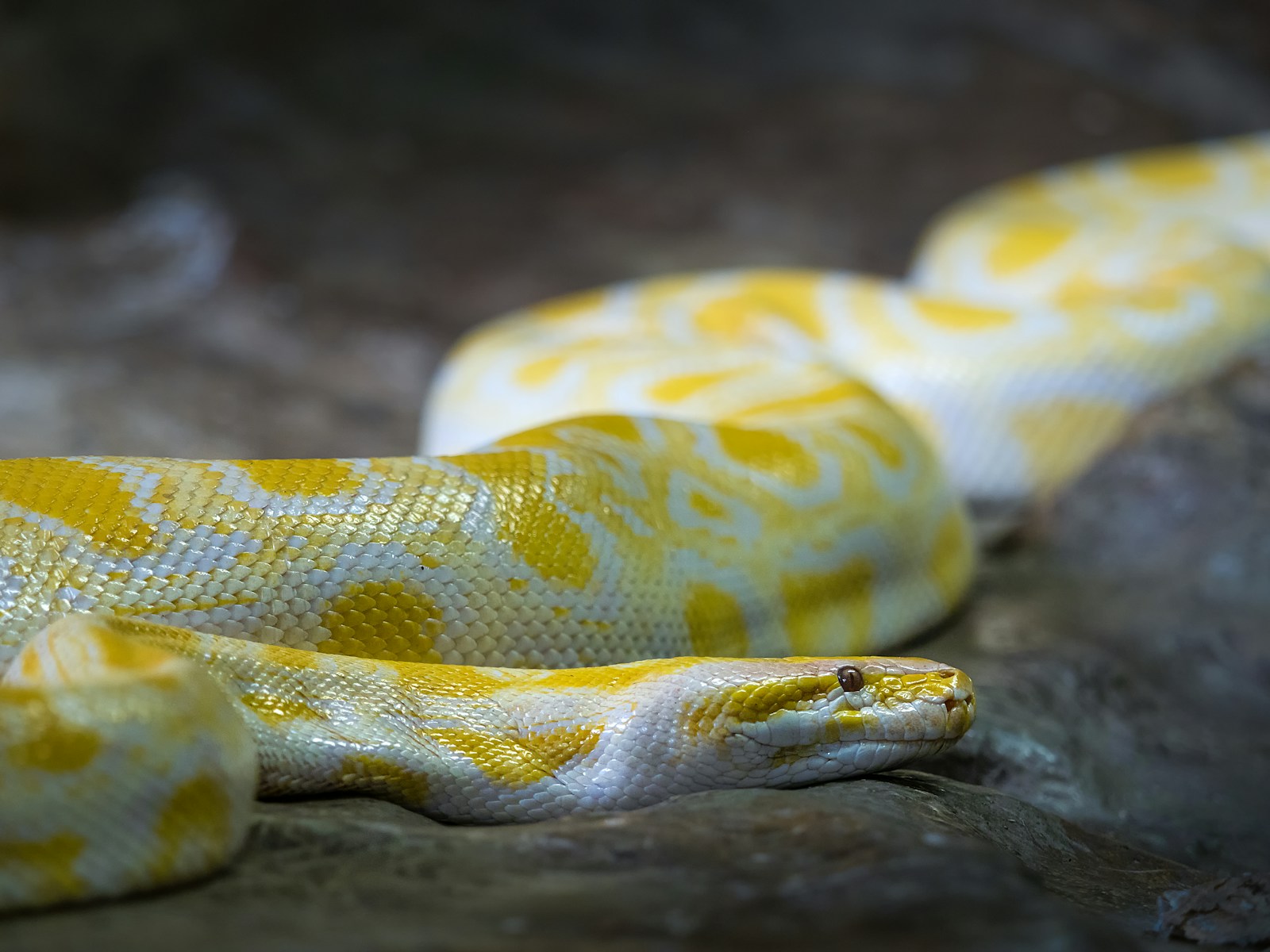
Proper feeding practices form the cornerstone of successful snake keeping, with each species having specific dietary requirements and feeding behaviors. Most of the snakes discussed, including corn snakes, ball pythons, and sand boas, thrive on a diet of appropriately sized rodents, with the general rule being that prey items should be approximately the same diameter as the thickest part of the snake’s body. Feeding frequency varies by age and species—juvenile snakes typically eat once every 5-7 days, while adult specimens may eat every 7-14 days, with larger species like ball pythons sometimes going several weeks between meals voluntarily. Pre-killed prey is strongly recommended for safety reasons, as live rodents can seriously injure even large snakes with bites and scratches when left unattended. Special consideration must be given to specialized feeders like hognose snakes, which in the wild primarily eat amphibians and may require scenting their rodent prey with toad-scented products or canned toad food to stimulate feeding response. The most specialized feeder, the African egg-eating snake, presents unique challenges, requiring a steady supply of appropriately sized eggs that must be carefully matched to the snake’s gape size to prevent regurgitation or refusal.
Handling Techniques: Building Trust With Your Serpent
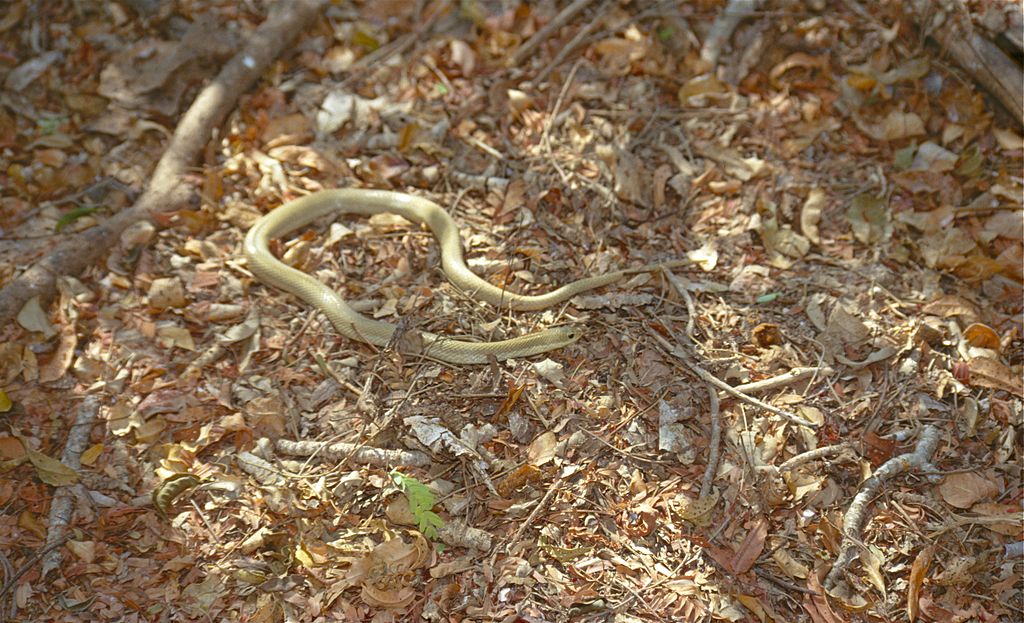
Developing proper handling techniques is essential for forming a positive relationship with pet snakes while ensuring both human and reptile safety. The foundation of successful handling begins with allowing new snakes to acclimate to their environment for at least one week before attempting handling, and always avoiding handling for 48 hours after feeding to prevent regurgitation. When initiating contact, keepers should approach from the side rather than above (which mimics predator attacks) and begin with gentle support under the snake’s body rather than restraining movements. Species-specific considerations significantly impact handling approaches—corn snakes and ball pythons generally tolerate frequent handling sessions of 15-20 minutes several times weekly, while more high-strung species like Amazon tree boas should be handled minimally and with extreme care. Temperature plays a crucial role in snake behavior during handling; snakes are more active and less likely to be defensive when their body temperature is within their preferred optimum range, so handling is best done during their active periods. For nervous specimens, handling inside a dedicated “snake bag” or pillowcase for the first few sessions can reduce visual stimuli and help the snake become accustomed to touch before full handling sessions.
Health Considerations: Common Issues and Prevention
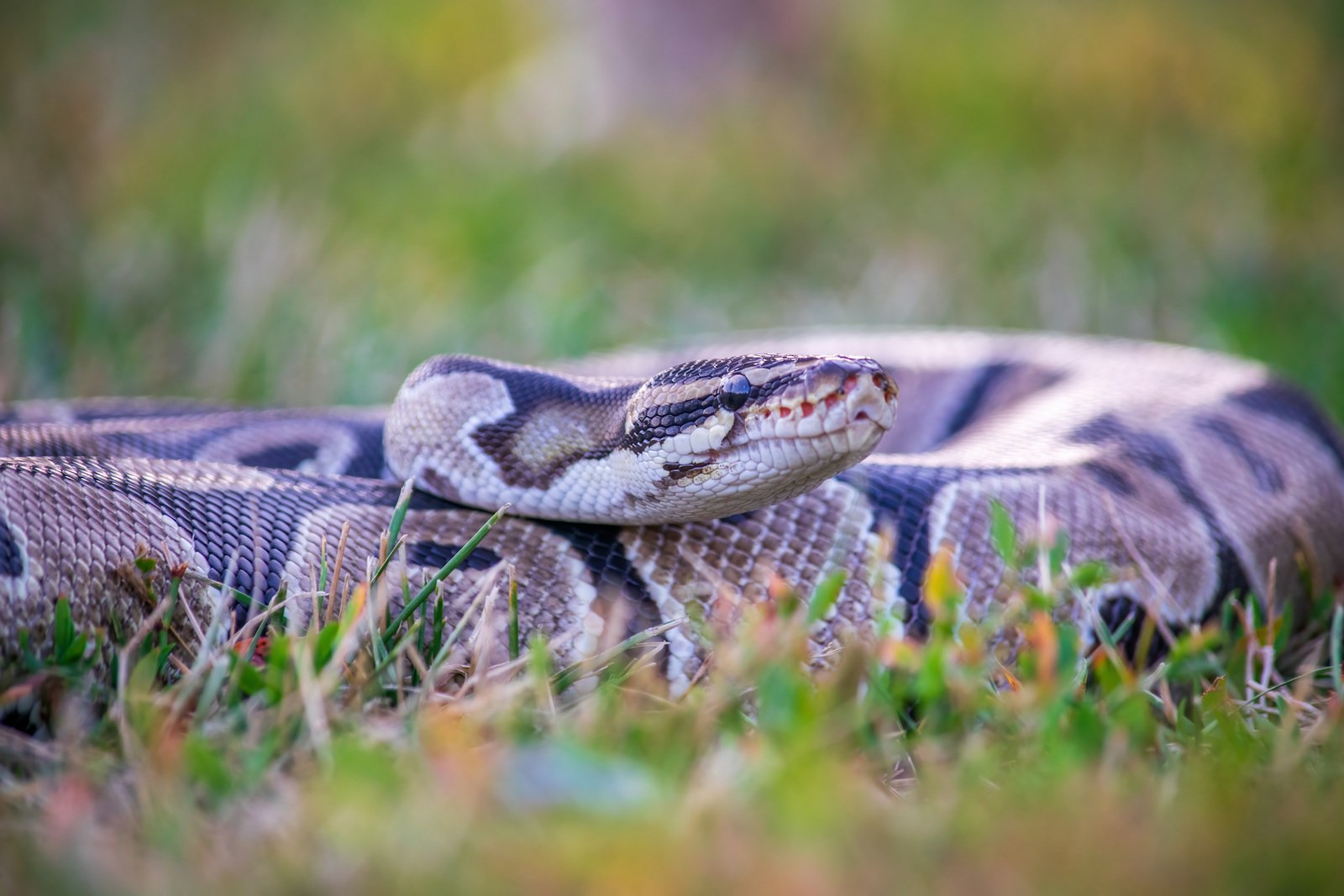
Maintaining snake health requires vigilance and understanding of the common issues that can affect captive specimens. Respiratory infections rank among the most frequent health problems, typically manifesting as wheezing, bubbling around the mouth or nostrils, or abnormal breathing patterns, and are usually the result of inappropriate temperature or humidity levels within the enclosure. Mites—tiny parasitic arachnids that appear as moving black specks on the snake and in the enclosure—represent another common issue that requires prompt treatment with specialized reptile-safe pesticides and thorough enclosure cleaning. Scale rot, a bacterial infection of the ventral scales resulting from consistently damp conditions, presents as discolored or raised scales on the underside and requires immediate veterinary attention and correction of husbandry practices. Perhaps the most preventable health issue is obesity, which occurs frequently in captive snakes that are fed too frequently or offered oversized prey items, leading to fatty liver disease and potentially shortened lifespan. Regular veterinary check-ups with exotic animal specialists are recommended for all pet snakes, ideally including fecal examinations to detect internal parasites that may not produce visible symptoms until infections become severe.
Breeding Considerations: The Challenges and Rewards

Breeding pet snakes represents an advanced aspect of the hobby that brings both significant responsibilities and profound rewards for dedicated keepers. Successful breeding begins with proper sex identification, which varies by species—in ball pythons and corn snakes, probing by experienced handlers or veterinarians remains the most reliable method, while in sexually dimorphic species like Kenyan sand boas, size differences between males and females provide obvious visual cues. Most species require a cooling period (brumation) to trigger reproductive behavior, involving gradually lowering temperatures for 2-3 months during winter, though the specific temperature ranges and duration vary significantly between tropical and temperate species. Post-breeding, female snakes require particularly attentive care, including increased feeding to support egg development and carefully monitored nesting sites for oviparous (egg-laying) species like corn snakes and Amazon tree boas, or specialized heat and humidity for ovoviviparous (live-bearing) species like certain sand boas. The most significant consideration for potential breeders is the responsibility of finding appropriate homes for offspring—a single clutch can produce anywhere from 4-20+ babies depending on species, creating an ethical obligation to ensure all young snakes will receive proper long-term care.
Legal Considerations: Understanding Regulations

Navigating the legal landscape of snake ownership requires thorough research and compliance with regulations that vary dramatically by location. In the United States, snake ownership is governed by a patchwork of federal, state, county, and municipal laws that may restrict or prohibit certain species, with some jurisdictions requiring permits even for non-venomous constrictors like ball pythons that exceed specific length thresholds. Internationally, the Convention on International Trade in Endangered Species (CITES) regulates the movement of protected species across borders, with some snake species requiring export and import permits even for captive-bred specimens. Housing regulations add another layer of complexity, with many apartment complexes, condominiums, and rental properties explicitly prohibiting reptile ownership or limiting the number and type of reptiles permitted. Potential snake owners should thoroughly document all relevant regulations before purchase, as the consequences of non-compliance can include confiscation of the animal, substantial fines, and in extreme cases involving protected species, criminal charges. Responsible ownership includes maintaining proper documentation of a snake’s origin, particularly for species that might be confused with protected look-alikes, such as certain Amazon tree boa color morphs that resemble protected emerald tree boas.
Ethical Considerations: Responsible Snake Ownership

Ethical snake keeping extends beyond mere compliance with laws to encompass a broader responsibility toward the animals in our care and the reptile community as a whole. The cornerstone of ethical ownership is lifetime commitment—with many snake species living 20+ years, potential keepers must honestly assess their ability to provide decades of appropriate care through various life changes. Source consideration ranks equally important; ethical keepers purchase captive-bred specimens from reputable breeders rather than wild-caught individuals, which often carry heavier parasite loads, adapt poorly to captivity, and may impact wild populations. Escape prevention represents both a practical and ethical concern, as escaped pet snakes can perish from exposure to inappropriate conditions, pose risks to local wildlife if they survive, and in areas where the species could potentially establish breeding populations, contribute to damaging invasive species issues like those seen with Burmese pythons in Florida. Perhaps most fundamentally, ethical snake keeping involves ongoing education—staying current with evolving understanding of best practices for the species in your care, participating in reptile keeping communities to share knowledge, and being willing to adjust husbandry techniques as new information becomes available about the specific needs of different snake species.
Conclusion: Finding Your Perfect Serpentine Companion

The six snake species highlighted in this article represent just a sampling of the fascinating diversity available to reptile enthusiasts, each offering unique characteristics and care requirements that appeal to different keeper preferences. Whether you’re drawn to the docile nature and brilliant colors of corn snakes, the genetic diversity and curious personality of ball pythons, the burrowing behavior of sand boas, the theatrical performances of hognose snakes, the arboreal adaptations of Amazon tree boas, or the specialized feeding of egg-eating snakes, there’s likely a species that aligns with your interests and capabilities. Responsible snake ownership begins with thorough research, honest assessment of your commitment level, and selection of a species whose care requirements match your resources and experience. When approached with appropriate preparation and respect for these remarkable creatures, snake keeping offers rewards that extend far beyond simple pet ownership—it provides a window into evolutionary adaptations, natural behaviors, and the remarkable diversity of reptilian life. The relationship between keeper and snake may not mirror the interactive companionship of traditional pets, but it offers its own unique satisfaction through the privilege of caring for and observing

